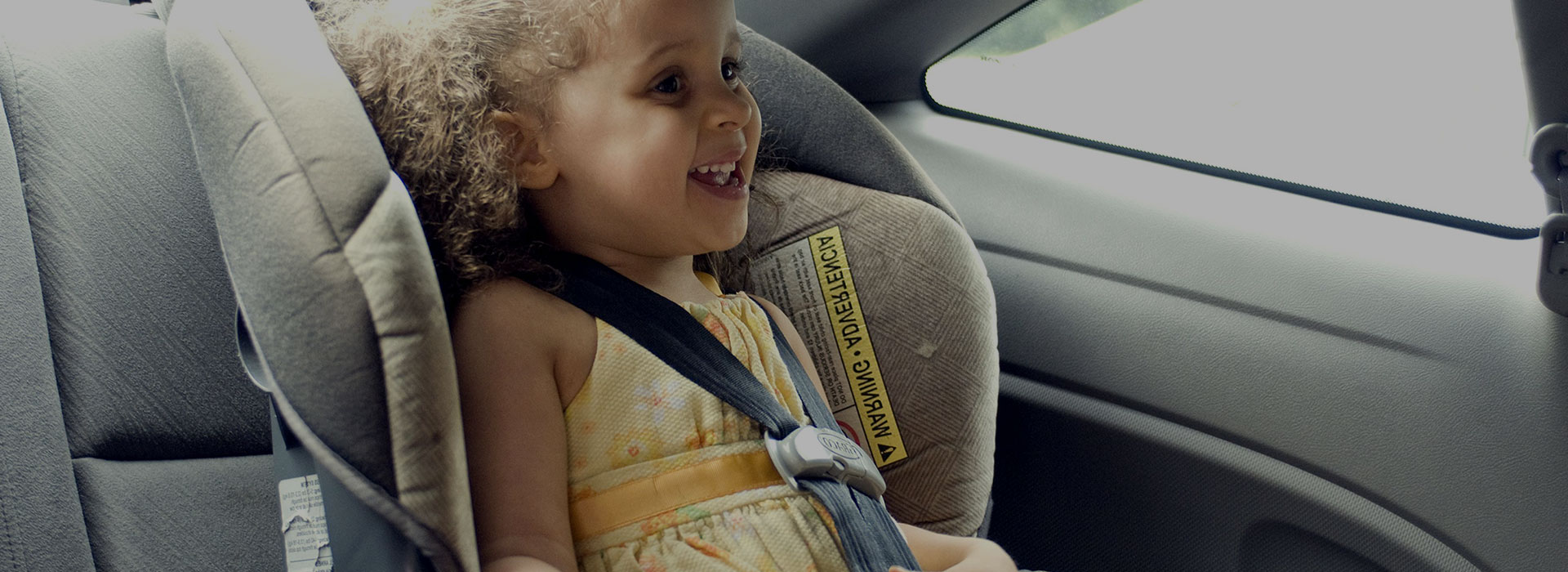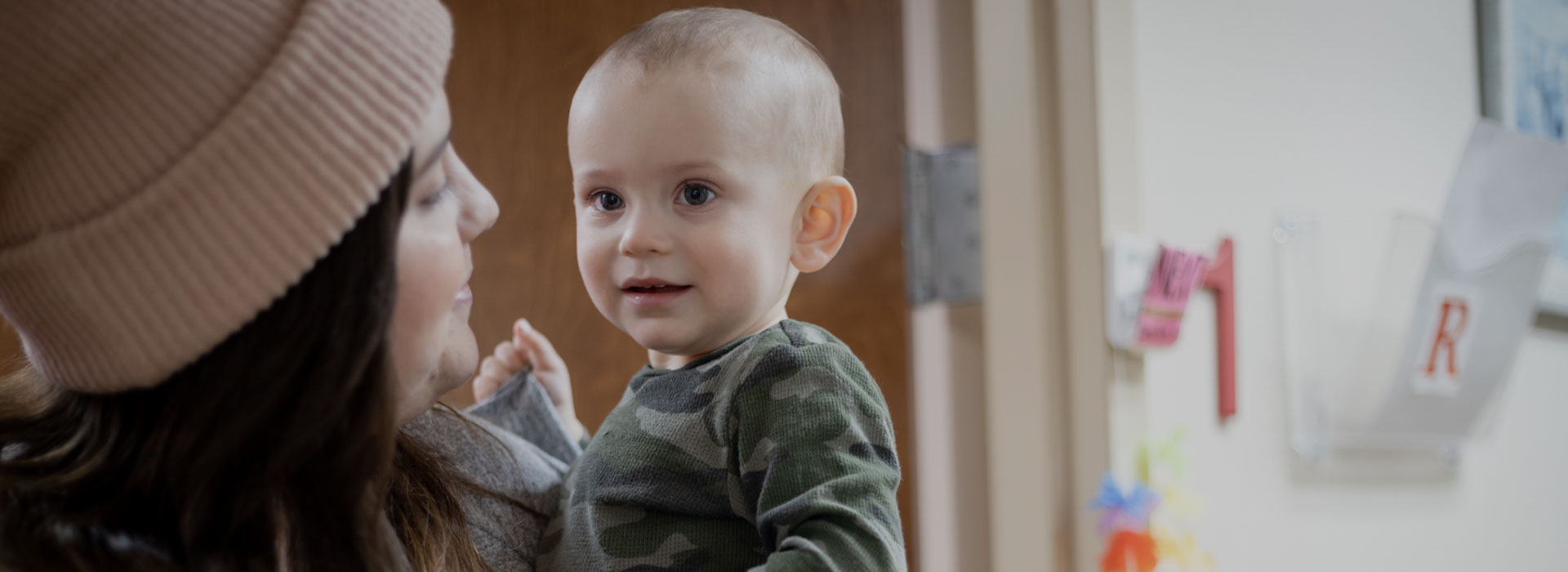Remember when you were a child and went on a trip? Some of us are old enough to remember everyone jumping into the back of a station wagon and taking off. Many of us – especially in Virginia – have a story about all the kids piling into the back of a pickup truck.
Things are different now. There are more roads, they’re bigger, the vehicles are faster, and there’s a whole lot more of them. Child safety and car seats are now very important. In fact, on July 1 st, Virginia passed a new law that mandates that all children under 2 be placed in a backward-facing car seat.
It’s important to remember that not all car seats are the same.
The very first car seats were like baby jumpers. They hung over the backs of the front seats, with little holes for your baby’s legs, and were pretty much designed so that parents didn’t have to hold their children while they drove.
It wasn’t long before more people had cars, and the family vacation became a real thing. It became time for a new, and better car seat. This one, however, was primarily a booster seat so that your little one could enjoy the scenery while you motored down the road.
Perhaps this is what gave birth to the “Red Car” game.
It wasn’t until 1962 that someone designed a car seat that was really about safety. That year, Leonard Rivkin designed a car seat that actually made use of the seat belt.
Let’s say you’re in the market for a car seat. What should you look for?
Your first step is to do some due diligence. You’ve found a seat you like, but has the company ever had a major recall? Have you seen any ratings or safety tests on it?
Also, make certain that you’re looking at the right seat. A car seat is not something a child will “grow into.” Certain seats are designed for newborns and infants, and as baby grows, their needs in a car seat will change.
Your brother’s friend’s sister has a seat she’s no longer using. Can you take it?
Answer all of the questions you would ask when buying a new seat first. If you’re moving forward, think of it like buying a car. Do you have all of the necessary paperwork? Are all of the tags still on it? Has it ever been recalled? Has it expired…
Yes. Car seats can expire. Plastics get brittle. Fabrics begin to fray. Metals start to fatigue. Most safety products on the market – from football helmets to shin guards – have a shelf life.
And lastly with the car analogy: Is this the car seat your brother’s friend’s sister was using when she totaled the family van? You likely wouldn’t trust a used car that had been in a wreck. There’s no reason to trust a car seat that lived through one.
Your final step is to get your new seat into your car. Once you’ve done all of this homework, it will defeat the purpose of the seat to just wing it when it comes to installation. The Virginia Department of Health sponsors regular Certified Safety Seat events. These are often held at your local sheriffs or police department. Many times, your local fire department can help you with a proper car seat installation. Visiting the Department of Health website or a quick phone call will set you up with a trained professional.
Once you’ve had your seat installed, you’re ready to travel the world.

